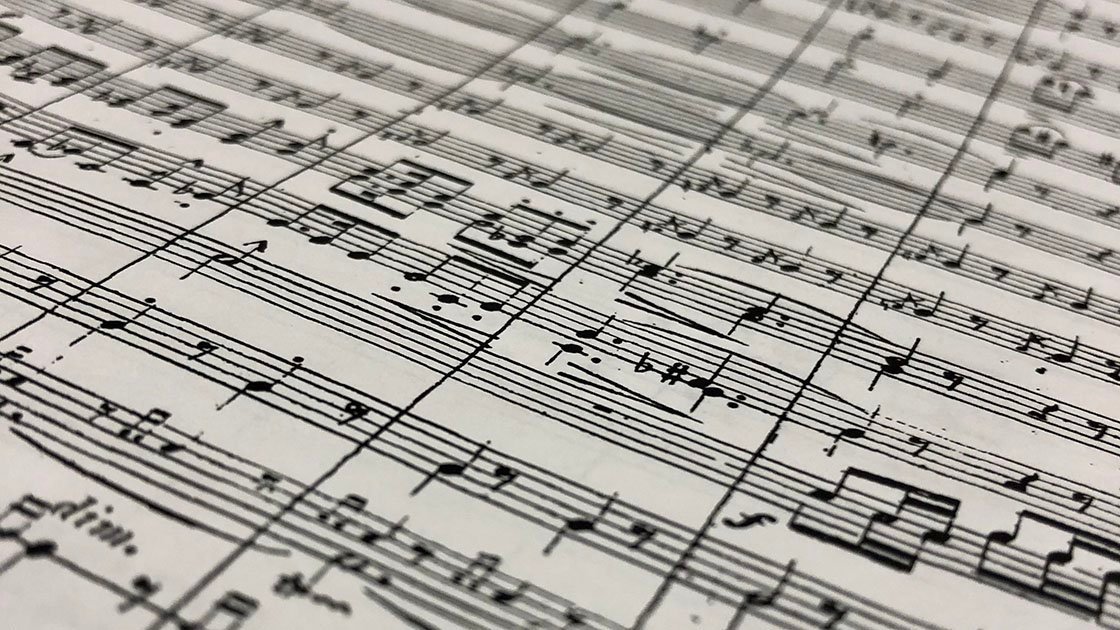Considerations for the wind band in the future, part 4
The most important goal for the wind band of the future is one of aesthetics. Aristotle, in writing his book Poetics, a text for writing Tragedy discussed all the important elements of that form, such as character, time and language, etc. But as he finished he realized there was an important additional aspect which he had not mentioned — the reaction of the audience. It was here that he formulated his famous concept of catharsis to describe that fine tragedy seemed to have a deep impact on the listener, it reached a deep level within the listener and left him to some degree a changed man. This, he pointed out, is missing in even the best entertainment productions on the stage. The observer of an entertainment may be fully engaged with what appears on the stage, he may laugh, or cry, but the emotions seemed to “bounce off” him and do not remain. Everyone is familiar with this distinction in the example of film. One can attend some film and be so moved that it remains with him sometimes for days. On the other hand, one can attend an entertainment film and be highly engaged, but when the film ends one in leaving the theater is immediately talking with his friends about school, work, other friends, etc.
During the first half of the 19th century, wind bands were playing concerts before very large audiences which were aesthetic in character and it was in their transcriptions that the general public first heard the symphonies of Beethoven, orchestras before mid-century were still heard primarily in the palace by a few invited listeners. But during the second half of the 19th century, as a result of the appearance of the modern repertoire orchestras, the band’s audience began to decrease. Band conductors then made the unfortunate decision to turn to entertainment music in an effort to maintain the size of their audience. But over a period of 60 years or so, this idea failed and is symbolized by a sign seen outside the Crystal Palace in London, “There is no concert today; the band will play.”
In recent decades we have seen some symphony orchestras repeating the failed solution of the late 19th-century band directors in trying to expand their audiences by lowering their repertoire to include entertainment music. In my town we have seen the Austin Symphony devote entire concerts to the music of Star Trek, the Beatles, and even Sousa Marches.
But, does the public need more entertainment? Almost everyone today has access to hundreds of TV channels which are mostly entertainment in character. Then there are sports events beyond number which are available to the public. Film has become mostly comic, and in some cases actual illustrated cartoons.
Should the goal of the modern wind band be to supply more entertainment to the public? And if that is going to be its goal, how can it compete with the great sums of money spent promoting commercial entertainment?
While the town band will always have its historic ceremonial role to perform, it could in its concerts, even in outdoor concerts, perform a great public service in bringing aesthetic repertoire to an audience which has little access to it. Instead of being one more medium which contributes to the lowering of taste, the wind band could be a medium which enlightens its public and contributes to raising the level of is taste. With aesthetic music the wind band could provide its listeners with what Aristotle called catharsis, the experience of having music cause a deeper and lasting form of introspection. Would this not be a higher and more ethical form of public contribution than merely seeking more applause?



